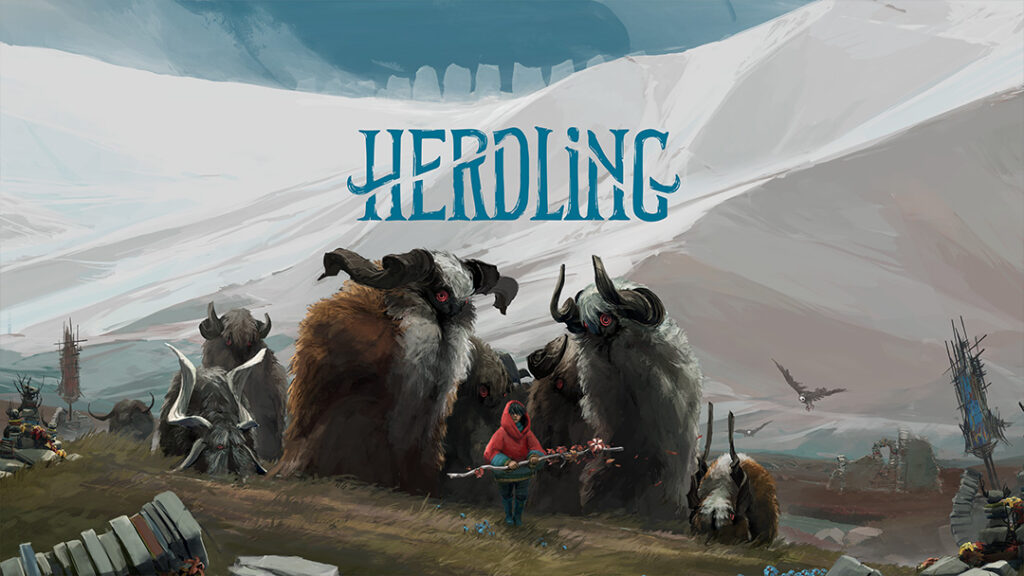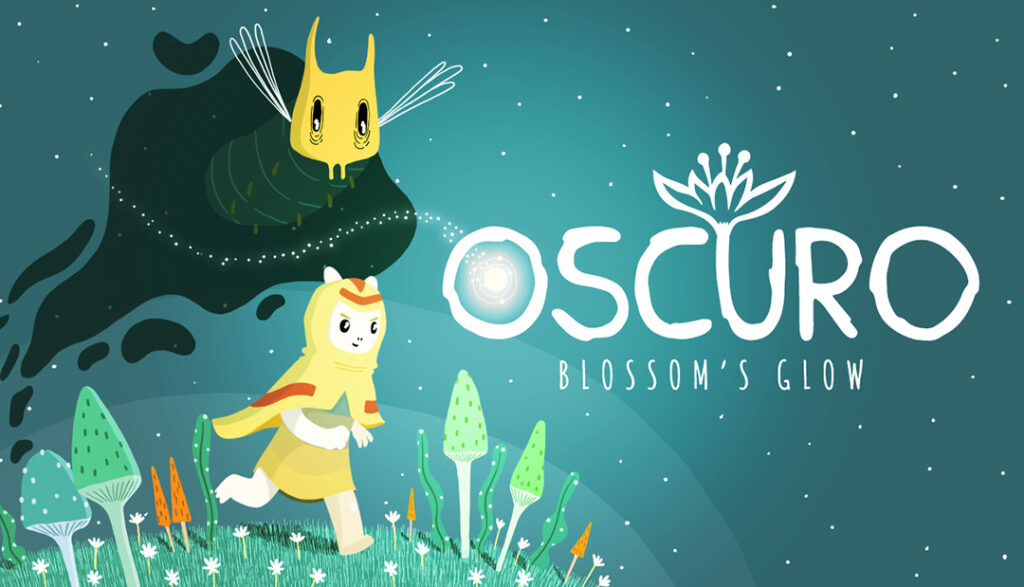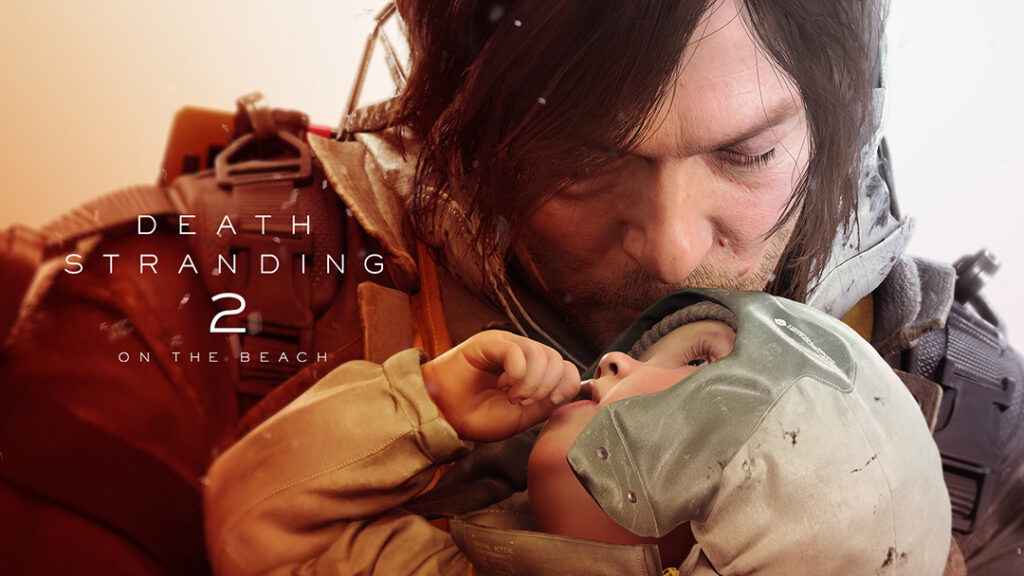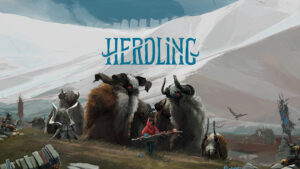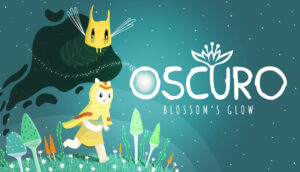(This article contains spoiler)
Last month, we played the demo of Eriksholm: The Stolen Dream, River End Games‘ first game. This first look was convincing on many levels, be it the writing, the graphics or the cinematics. The Swedish studio, founded by veterans of the gaming industry, made several interesting choices: a female main character, a gameplay focused on stealth and non-lethal skills, and an isometric view, or top view (the debate about what is an isometric game is still going strong according to several sources and communities).
In the fictive city of Eriksholm, Hanna and her brother Herman, orphans, live a humble life. The heartpox, a deadly disease, is taking lives as fast as the plague did and no cure can help the population. We meet Hanna as she wakes up after being sick herself, recovering. The heartpox didn’t claim her life thanks to her brother taking care of her. The relief is short-lived as Herman leaves for work shortly before the police comes to their place looking for him. Herman is missing, and Hanna will have to answer the police’s questions. That is, if they manage to find her! The young woman swiftly escape from the police to go look for Herman herself. What happened? What did he do? Hanna embarks on a journey in the shadows of Eriksholm.
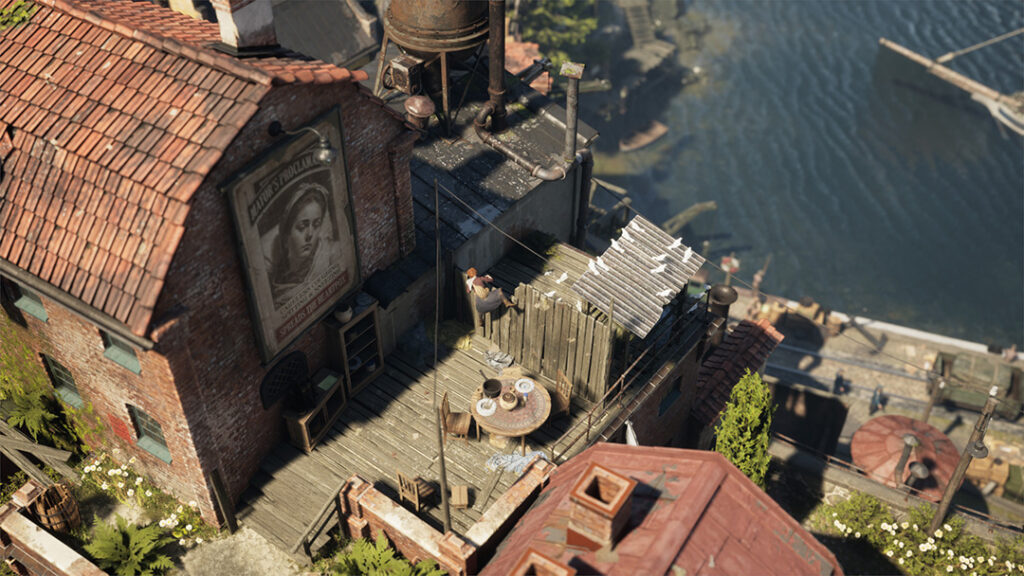
Footsteps in The Dark
Eriksholm: The Stolen Dream is a straightforward game: avoid being seen from point A to point B. Now, if the beginning of the game can seem very easy, things become more interesting when a second playable character is added. Alva takes care of orphans and people in need, the forgotten of the city who relies on stealing to survive. She took care of Hanna and Herman after their mother died. If Hanna and Alva seem to have a rocky relationship, they end up working together to find Herman. Hanna uses a blowpipe and sleeping darts against her enemies, Alva chooses to distract them with a slingshot and small rocks. Together, they can sneak their way through guarded places, silently using dark corners, cast shadows, and by taking advantage of their environment.
The stealth mechanic can be challenging in some parts as timing is the essence. Between playing Hanna alone and with Alva, the mechanic changes. After sneaking alone and using a blowpipe, we then need to change our perspective and include a second playable character, that can also be on his own, in a different area, with a gameplay of her own. Since Alva can’t take her enemies out, she’s relies on distracting people and breaking light bulbs to stay in the darkness as much as possible. It’s easy when the enemies are growing more and more afraid of Hanna, like a creature ready to spring from the darkness. Of course, some guards are conveniently placed, making the task obvious and sometimes easier, but the trickiest parts really balance the easiest ones out.
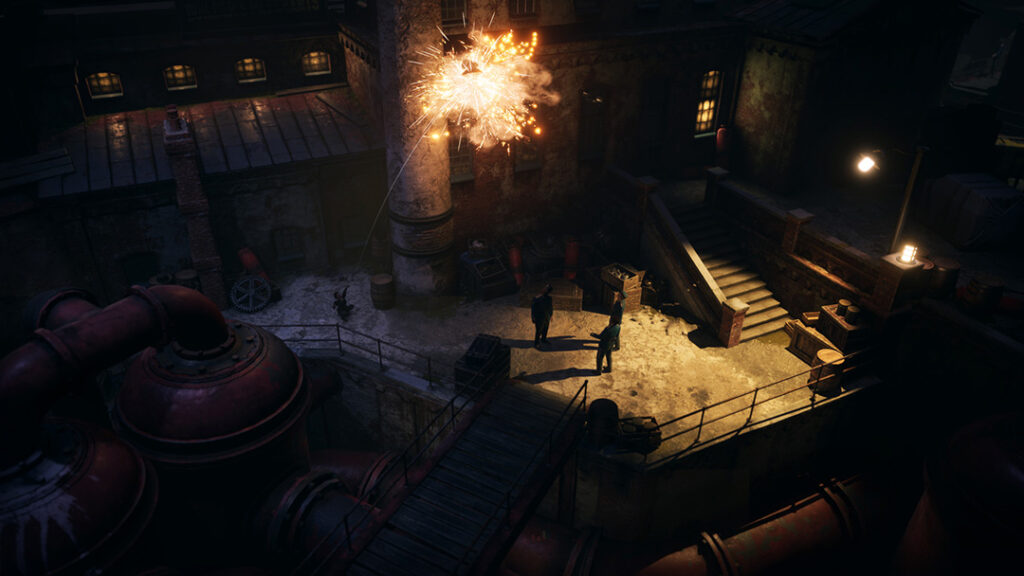
The skilled duo is eventually joined by a third character, Sebastian, a friend of Hanna and Herman who will lend his strength to Hanna’s quest. With three playable characters, the combos become more clever and sometimes tricky! Again, more than often, it’s all a matter of timing and switching between the characters to achieve the perfect combination of actions. Distract, choke, sleep.
Rise, The People
Behind the engaging gameplay is a story of lower class people being played by politics, and we love a game playing with relevant topics. If the story is set in a fictional city inspired by early 20th century Scandinavia, it echoes our very real world and its political schemes.
The story starts with Hanna simply looking for her brother and trying to figure out what he did to be chased by the police. However, things escalate quickly into something much bigger involving the mayor. But more importantly, what started as a search changes into a story of revenge, and the sleeping darts become poisoned, reserved for a single target, the one behind all the lies that let people die of heartpox in the city, lies that changed Hanna’s life forever.
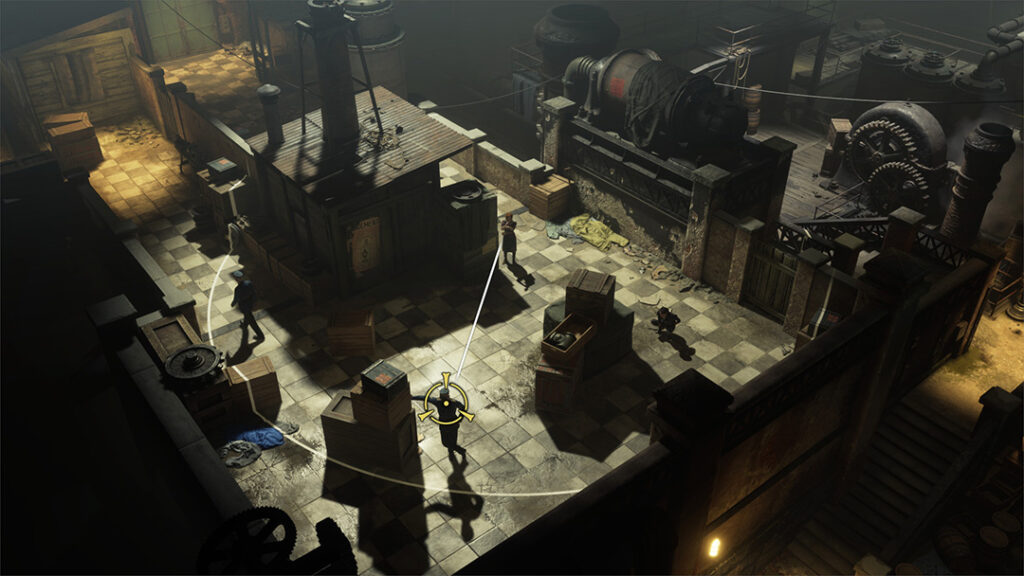
Hanna, Alva and Sebastian fight for their people, but the task is bigger than their joined forces and they eventually find unexpected help in someone with power and authority. The story then becomes one of rebellion against power, corruption, and treason.
The Arts of Eriksholm
In all honesty, what first drew me to this game was its graphics. Eriksholm is a beautiful game, the textures, the details, the richness of the environment, every single detail is pleasing and feels realistic, it’s an absolute feast for the eyes. The art direction is strong, and the execution is meticulous.
The cinematics, using MetaHuman, are a real highlight in this game. Of course, they look good, polished, but cinematics are just pretty short movies without a good direction and good acting. All the right ingredients are there for a stunning result. The game’s graphics and animation are already so fluid, but when it comes to the cinematics, they really add to the realistic feel of the characters and their city. The facial animations are rendered with precision, the expressions are real, natural. And while the technical aspect is made easier for game developers now thanks to MetaHuman, the people behind the machines are what makes it really unique.
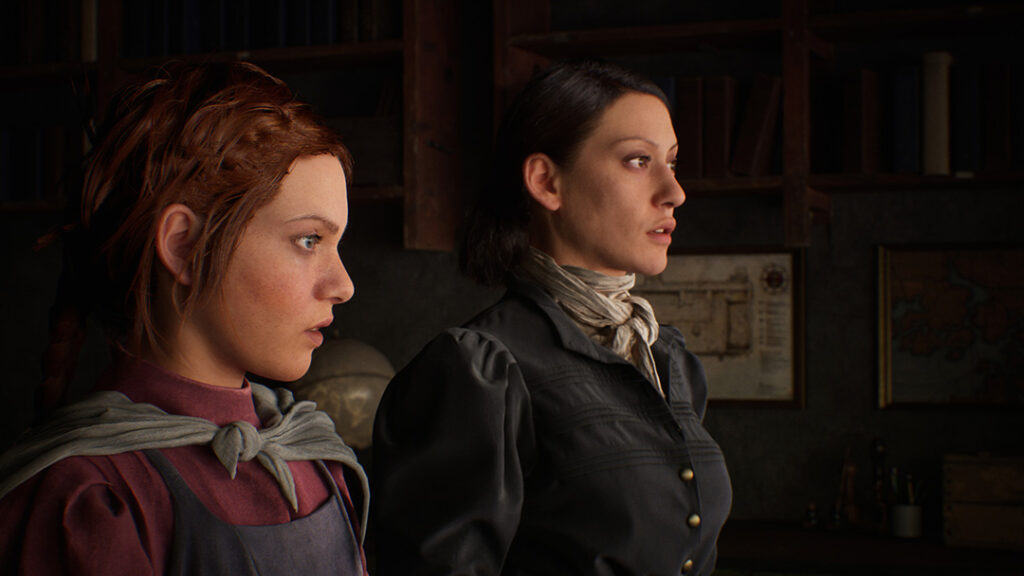
The acting! Yes, we’re used to good acting in video games by now, we’re used to good performance, but it’s always worth of praises. In Eriksholm, the acting is really good, be it the voice or the performance. It’s realistic, it’s authentic, never overacted (or underacted), it hits right all the time. In the game, it’s already very pleasant but in the cinematics, it’s even more good. The delivery feels like we’re intruding in an actual conversation between real people, the tone, the expressions, the body language. During the demo, I didn’t expect to be so impressed by the cinematics.
And of course, what is a pretty game without a good writing. If the graphics and the acting put this game at the top, the solid writing is undoubtedly what holds it all together. Not that the game would be bad without it, but it’d “just” be a pretty game, and pretty games without substance are usually forgettable (not to say it’s easy to make a beautiful game either). Here, it enhances and supports the other aspects of Eriksholm. Writer and story director Andreas Roman really created a compelling story for the 10 hours or so of gaming. From the characters to the dialogue and the lore, everything is crafted with care and realism. Hanna is a believable young woman, brave and obstinate, who doesn’t want to look weak or helpless but who’s not without flaws. Survival being at the center of her life, she can’t afford to let her fears rule her behavior. Facing her is Alva, with whom she shares a complicated story. As a responsible adult, Alva seems really frustrated with Hanna’s past choices. Their relationship is complex and nuanced, and the writing really reflects their struggles and mixed feelings while showing how much they care about each other.
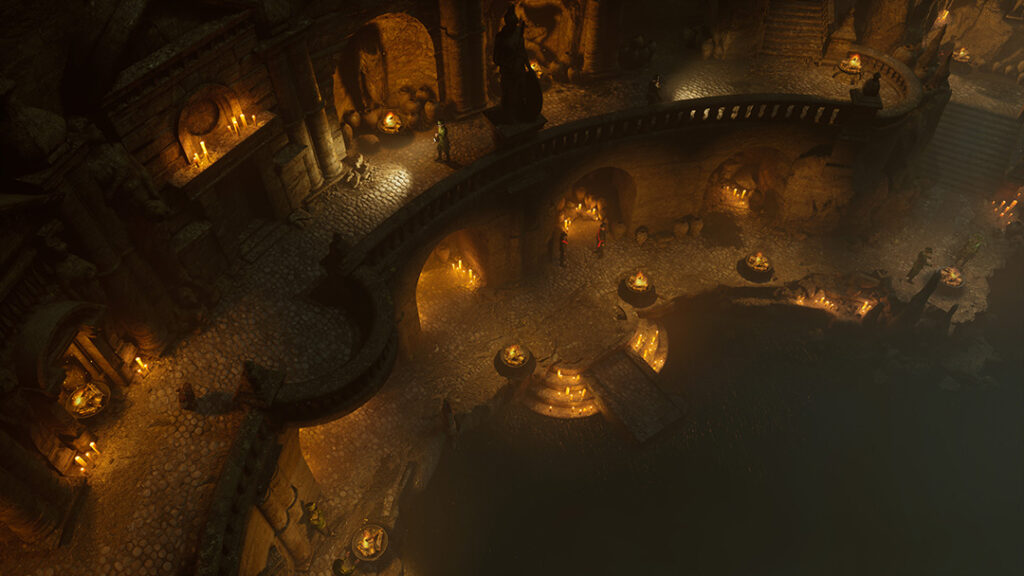
All in all, Eriksholm: The Stolen Dream is a real achievement. Crafted by a team of 17 talented developers, the game showcases what passion, experience and teamwork can achieve. After the success of AA games like Clair Obscur: Expedition 33, the public is now expecting a lot from smaller studios. While I don’t agree with taking a single game as a perfect example of what a part of the industry should aim at, it’s possible to create something that still meets some of these expectations, and River End Games is now part of the studios that deliver.
Eriksholm: The Stolen Dream is available on Windows PC, PlayStation 5 and Xbox Series X|S.

